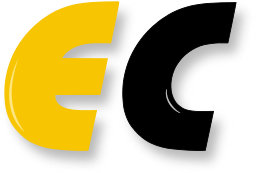 | EasyChair Smart Slide | User Guide/Log in |
| Home |

Arthur Clark and Michael Kube–McDowell (“The Triger”, 2000) suggested the sci-fi idea about the direct transformation from a chemical substance to another by the action of a newly physical, “Trigger” field. Karl Brohier, a Nobel Prize winner, who is a dramatic persona in the novel, elaborates a new theory, re-reading and re-writing Pauling’s “The Nature of the Chemical Bond”; according to whom: “Information organizes and differentiates energy. It regularizes and stabilizes matter. Information propagates through matter-energy and mediates the interactions of matter-energy.” Dr Horton, his collaborator in the novel replies: “If the universe consists of energy and information, then the Trigger somehow alters the information envelope of certain substances –“.
“Alters it, scrambles it, overwhelms it, destabilizes it” Brohier adds.
There is a scientific debate whether or how far chemistry is fundamentally reducible to quantum mechanics. Nevertheless, the fact that many essential chemical properties and reactions are at least partly representable in terms of quantum mechanics is doubtless. For the quantum mechanics itself has been reformulated as a theory of a special kind of information, quantum information, chemistry might be in turn interpreted in the same terms.
Wave function, the fundamental concept of quantum mechanics, can be equivalently defined as a series of qubits, eventually infinite. All “forces” in the Standard model, which are furthermore essential for chemical transformations, are groups of series of qubits.
One can suggest that any chemical substances and changes are fundamentally representable as quantum information and its transformations. If entanglement is interpreted as a physical field, though any group above seems to be unattachable to it, it might be identified as the “Triger field”. It might cause a direct transformation of any chemical substance by from a remote distance. Is this possible in principle?
















































